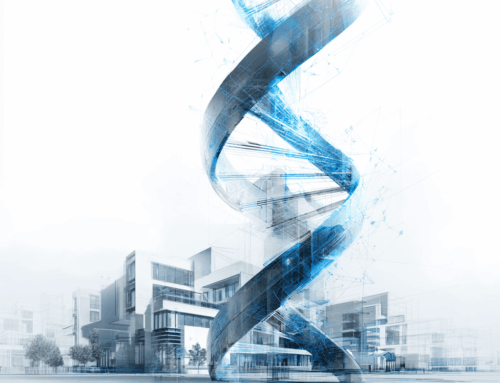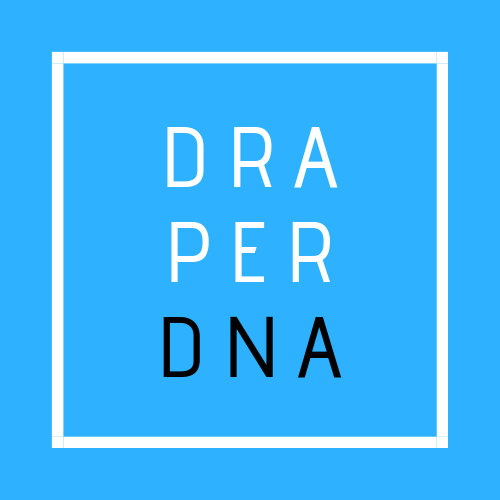More Status Quo Bias
April 12, 2022
We trust you can see irony in this title. We can certainly see the irony in the fact that people whose job it is to innovate, be creative, and differentiate their brands possess acute status quo bias. In other words, they keep things the same even if it is not the best option.
We have been professing the need to change and questioning the resistance since our inception as an agency. It was an article titled “Why Flipping Status Quo Bias is the key to B2B marketing success” by Dan Monheit, a behavioral economist and agency leader in Australia, that helped us to define and validate the challenge we encounter daily. It starts with explaining the prospect theory of risk and learning how to reframe the risk.
The Prospect Theory
One of the many incredible and spot on quotes from Einstein was “The measure of intelligence is the ability to change.” Many of the people we know in the building product manufacturing industry are smart people, so why do they resist change or, better yet, embrace the status quo? The prospect theory suggests losses loom larger than gains for most people in most situations. When new ideas and change go well, the change leader receives a pat on the back. When things go poorly, let’s just say things can get sticky. Let us give you a couple of examples.
We were invited to lead a company’s top priority project for the year to develop a solution to repair failing products installed in the marketplace, create a new product to replace the failing ones, move and eliminate the existing inventory, and manage all communications to limit public exposure. A big task that was completed in half the forecast time, at one-tenth of the forecast cost, and with no public awareness. It was a highly risky undertaking that required 18-hour days, seven days a week for six months and was recognized with a plaque (AKA a pat on the back).
On the flipside, we were hired to lead the development of a new business in a category that did not exist at the time. We built the manufacturing process, acquired manufacturing partners, and introduced a new category to the marketplace. One year later, it was deemed a failure due to limited sales. Fast forward a year and we are invited to present ideas for new business development. We present our idea, and it is accepted. When the news is shared at the shareholders meeting, the person they invited and approved of the idea prefaced the introduction with “Here we go again.” The prospect theory in practice.
Reframing Risk
There is a risk to not changing. Reframing the risk of a new idea as the best alternative to the risk of the status quo. The thought is to demonstrate the status quo is a bigger risk than change. The classic examples are the horse versus the automobile or the typewriter versus the computer or, today, ecommerce versus brick-and-mortar retail.
The pandemic reframed risk for many businesses in the building product industry. We wrote about the change it created for Lowe’s as shared by CEO Marvin Ellison. The #MeToo movement has reframed risk for many companies that are publicly committing to improving their inclusion and diversity efforts and results. Andersen Windows is not the company today that it was thirty years ago, and they are celebrating their efforts to change. The risks of change are being reframed and a few insightful people are seeing and doing the right things.
We Can Change
As the science reports, change is a personal thing. Some people are fearful of risk and embrace the status quo. Others learn to manage risk. We have been energized by change our entire lives and use it as a strength in our business.
Our friend David Rendall, author of “Freak Factor”, tells us our weaknesses are our strengths. As the leader of Draper DNA, my entire life has been about change. Parents divorced; mom remarried. Change. Five moves as a kid and ten more as an adult. Change. Multiple colleges. Change. Different employers. Change. Change is exciting, energizing, educational, rewarding, and both a way of life and a way of thinking. We have written about the fact that “We have been fired for the same reason we get hired.” Change. We have been hired as change specialists. Usually at a place that is risk averse and has status quo bias. What some people see as a weakness is our superpower. Change.
It’s Okay
We have wondered why the building product industry has been so resistant to change. Understanding status quo bias and the prospect theory helps to answer the question. Reframing the risk is a strong and meaningful approach to looking at the need for change. It is okay to be fearful and resistant to change until it is not. When the risk of status quo is greater than the risk of change, it is not. For those that do not see this risk, we can share our superpowers with you to show you your options. We have been training for this our entire lives.





